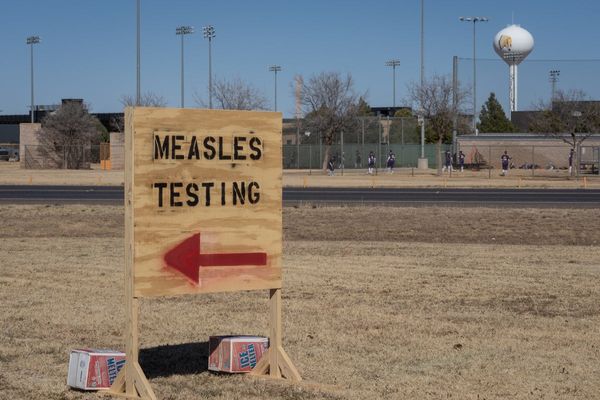A "bright orange fireball" was caught streaking through the sky on a taxi dashcam.
Stephen, who did not want to give his surname, from Kirkby, said he out working taxis and was driving on on Holly Lane in Aughton on his way to pick up a customer when he noticed something in the sky. He said it was exactly 12.45am today when he spotted the "bright orange fireball with tail."
Speaking to the ECHO Stephen said: "It lasted approximately 10 seconds from northwest of the horizon downwards to the southeast of the horizon." Stephen said it was "definitely a meteor, absolutely no doubt about it" and the taxi driver added it was "amazing and shocking" to see.
READ MORE: 'Toughest' seaside resort TV show portrayed New Brighton as 'Scouse Riviera dogging hotspot'
He told the ECHO : "Yes I was shocked when I saw it It’s only the second one I have seen before, I saw a similar one about 10 years ago." The video caught on Stephen's dashcam showed a bright light streaking through the sky before vanishing behind some bushes.
He said the footage didn't capture the colour properly but the taxi driver described it as "bright orange". Stephen also said he has seen International Space Stations and satellites when he is working, however has only seen something like this once before a decade ago.
The Kirkby man said he reported the sighting to the Astronomy Society. It is unclear what the object Stephen saw was, however the Lyrid meteors streak usually start on April 14 and last until April 30.
The peak to see the meteor showers will be on the night of April 22, according to experts. Meteor showers, or shooting stars, are caused when pieces of debris, known as meteorites, enter Earth's atmosphere at speeds of around 43 miles per second, burning up and causing streaks of light.
The Lyrids takes its name from the constellation of Lyra the Harp, where the shooting stars appear to originate from. These meteors are pieces of debris falling from the Thatcher Comet, which is expected to return to the inner solar system in 2276, after an orbital period of 415 years.
According to astronomers, the best way to see meteor showers is to be as far away from artificial lights as possible.







